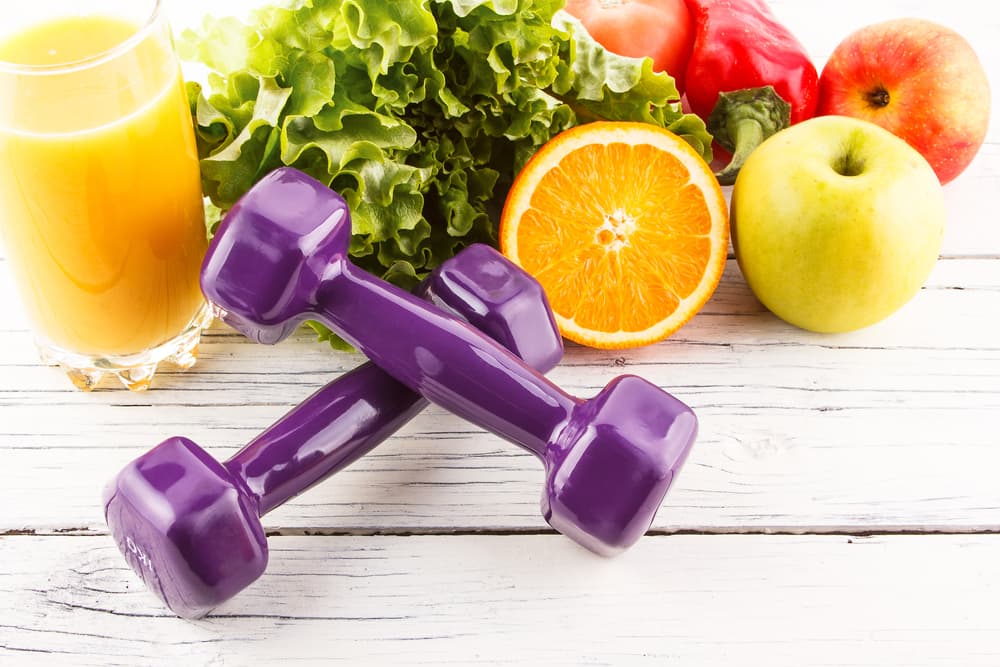
In the first of our mini-series on triathlons, we mentioned BBC newsreader Louise Minchin who turned a casual love of swimming and keep fit into an international career as a triathlete. In this third and final article in the series we look at how you could become a GB triathlete and what that might mean for your training regime.
Qualifying as a GB triathlete
For many people who turn to triathlon later in their sporting lives, qualifying as a Great Britain age group triathlete is at the top of their ambitions. But how do you go about qualifying?
The age group triathlon system allows more people to represent their country by splitting the competitive field into five-year age group brackets. This could be 30-34 or it could be 60-64, the age range encompasses just about everyone.
Register your intent
To qualify, you must register your intent to qualify for the International Triathlon Union World Championships or the European Triathlon Union European Championships. To be able to do this, you need to join your home nation Triathlon Association. Then you enter the qualifying races and aim to finish in the top four. If you don’t finish in the top four you might still qualify through the ‘roll down’ places which become available as the qualification process is finalised.
As a qualified GB triathlete, you will then be competing against the other top athletes in your age group from across Europe (European Champs) or the world (World Champs). Aside from the increase in training intensity, you will also need to sort out kit, flights, accommodation and race entry fees. You might also want to seek sponsorship to help with costs.
Planning your training
If you are about to compete with a national vest on for the first time, you may want to think about how your training will look. The key is to work backwards from the competition date.
One week before the race is rest and recovery from the training.
Three to four weeks before race, you are looking to get to peak fitness.
Four to six weeks before race, specific conditioning work, lots of race pace work, getting used to race cloths, sorting out your race nutrition.
Prior to this, general conditioning and some intensity work.
What about racing?
If you enter races during the three months leading up to your main event, ask yourself what you aim to achieve. It might be that you are working on your transition from swim to bike, so stop before the run as the run can often present the most likely chance of an injury.
It is also a good idea to avoid the temptation of joining friends in races that aren’t part of your plan. Each interim race should have a training target and it is easy to forget the targets if you are racing with friends.
Looking back at previous races and working out where you can cut vital seconds is a good way to improve your performance. Work on tightening up transition times or cutting the bottoms off your wetsuit so removing it is easier. These little gains will all help your overall times.
Here are some tips to help move your training from triathlete ‘weekender’ to GB triathlete.

To maximise your training sessions, all your training should now be at the higher levels of intensity.
Use short races as a hard training practice.
Add speed sessions to your weekly training – in all disciplines.
Don’t neglect strength training – do at least two sessions of weight training a week.
Make sure your nutrition is right, your food intake should keep your sugar and insulin levels at normal blood sugar level – speak to a professional for guidance on this crucial area of preparation.
There is an enormous amount of enjoyment and a huge sense of achievement in competing in a GB vest. And while the training and preparation is hard work, just about every age group GB triathlete says it is absolutely worth the effort.








